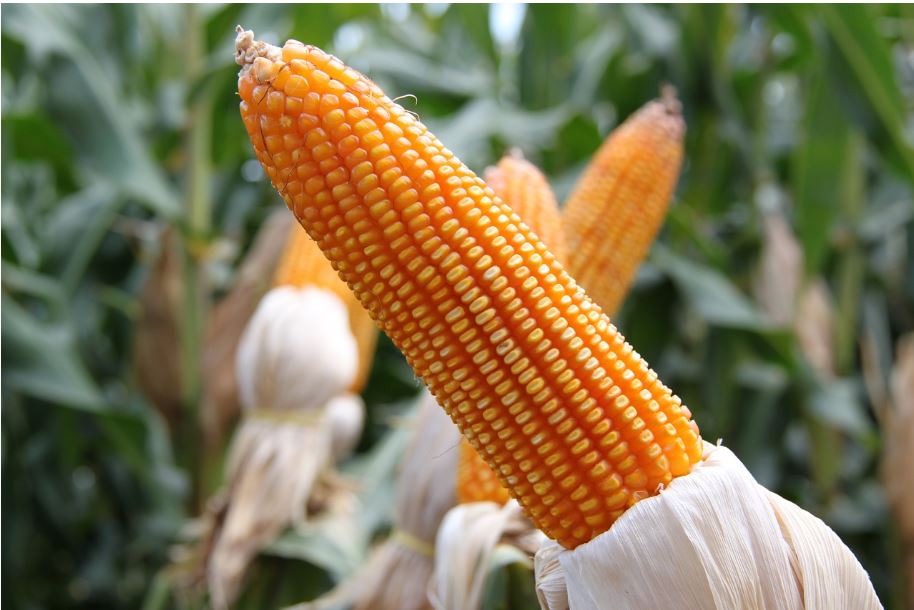Porto Alegre, September 9, 2024 – With the second crop practically reaped, the Brazilian domestic market is focusing on the flow of exports, prices at ports, and the planting profile of the summer crop. Exports have reached 20 mln tons thus far and until January should meet the year’s target of 40 mln tons. Producers have important dates to sell off their stocks, such as the end of September and New Year’s Eve, which could bring more supply to the market. On the other hand, the strength of demand in the ethanol and meat segments could be a new indicator later on for the formatting of carryover stocks. Finally, planting of the summer crop has begun in the South region, however, with a strong reduction in the area to be planted and still under evaluation of the Southeast in planting decisions. A tighter scenario in the first half of 2025 due to lower summer production?
Brazil’s 2024/25 crop underwent another adjustment in this September assessment carried out by Safras & Mercado. Planting decisions this year are very close to those from the growing season. Producers want to monitor the weather trend, the cost of credit, and the purchase of inputs before deciding to plant. The cost cuts that could occur this year have already occurred with fertilizers and seeds. The currency devaluation ends up hindering the downward curve of input prices.
The second point is the weather. La Niña continues to be on the NOAA bias for this 24/25 season. However, the phenomenon has not yet settled in the global climate, and at this time we still have a neutral climate, which for market expectations becomes even more tense and confusing. The neutral climate generates unexpected situations in medium-term forecasts and more inconsistent market movements. At the moment, Brazil is experiencing a historic drought, as we have already pointed out, which will continue the delay in rainfall in September for much of the country. However, conditions in the South region are better for advancing planting. The uncertainty is the neutral climate and its inconsistencies. Rain should return slowly in the last week of September across the Center-South region, but consistent soil moisture should only be expected in October.
Finally, a variable begins to define the planting profile more clearly: the cost of financing plus rural insurance. Producers are reporting a cost of 23% on the financing credit for planting corn this year. And this cost has led to the abandonment of corn planting, which is already evident in the South of the country. The purchase of seeds is a very important piece of information between July and August for the region, and the sales flow has been really discreet so far. Weather risk, expensive financing, and high costs are forcing producers to reduce the area planted in this 24/25 crop. The risk is that this same “financing” factor will affect the Southeast, mainly Minas Gerais, further affecting the summer area.
For these reasons, we are again cutting the area to be planted in the summer crop in the Center-South of the country to 7.5% or just 3.67 mln hectares. The production potential for the summer crop is now 24.3 mln tons, well below the 23/24 crop. There were no changes in the other states of the Southeast, Midwest and Matopiba, as planting decisions are still being made. The national crop is now projected at 133.5 mln tons for next year, one mln tons below the previous estimate.
This condition of the summer crop, still with the entire climate environment ahead, leaves room for a more tense first half of 2025 with regional supply. In 2024, Brazil has shown a new strong expansion in crushing for ethanol and, also, a positive environment in demand from the meat sector, with strong housing. The position of carryover stocks and the planting profile of the 2025 second crop will be fundamental to balance the supply of the first half of the year in the Brazilian market.
However, we still have the consistency of exports as the great indicator for these carryover stocks. Secex data are lagging far behind actual shipments at Brazilian ports. In July, Secex reported 3.55 mln tons, and the line-up reported 5 mln. In August, Secex pointed to 6 mln tons, compared to 6.5 mln in the line-up. These differences will be adjusted later in the Secex data. September now has 5.8 mln tons scheduled and a good chance of surpassing or equaling August.
In total, we now have 20 mln tons shipped, to be shipped, and scheduled for shipment by the first week of September. This is half of the target of 40 mln tons for the year. This indicates that between October and January Brazil will need to ship 5 mln tons a month to reach the target for the year. Producers have a key date, September 30, when debts are due, and then the turn of the year, when space in warehouses is freed up for the arrival of the large soybean crop that is expected. This scenario could contribute to some additional volume for exports during this period.
In general, therefore, the Brazilian corn market is now entering a phase that includes some indicators:
– Attention to the export flow in the last four months of the business year;
– The points of selling pressure in the domestic market and the needs of demand and competition with exports;
– The climate scenario in the summer crop and, also, the profile of the area to be planted in view of too expensive credit this year.
Until the 2025 second crop, we will have a more nervous domestic market, potentially with higher prices and adjusted supply.
Safras News

